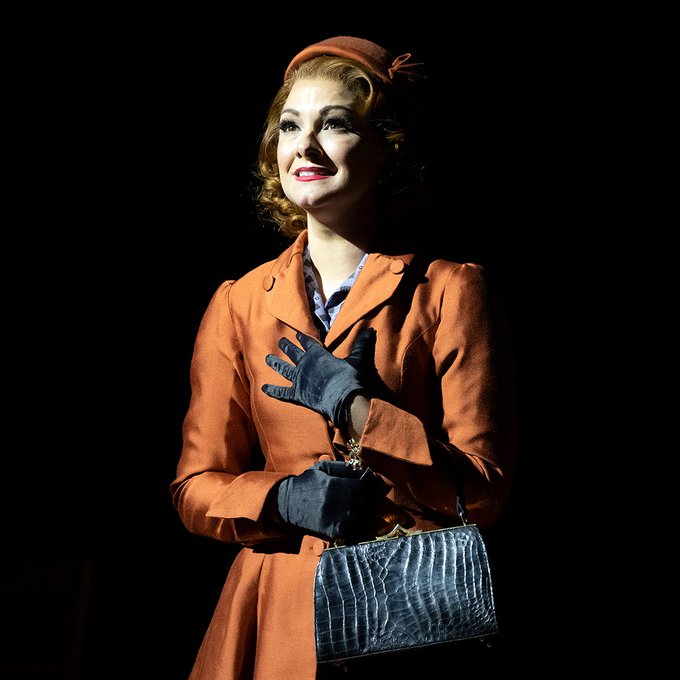
LEONARD Bernstein’s music is always dance-infused and largely dance-inspired, as we are powerfully reminded by this double bill of Trouble In Tahiti coupled with the Symphonic Dances from West Side Story.
Bridging the two is ten minutes of poetry with percussion, in Halfway And Beyond, written and recited by Khadijah Ibrahiim. All of which offered the perfect opportunity for Opera North to rekindle its relationship with fellow Leeds company Phoenix Dance Theatre.
Matthew Eberhardt’s production of Tahiti, revived from 2017, keeps everything neatly in period – 1950s’ American suburbia – with Charles Edwards’s revolving sets replete with billboard life-style ads, complemented by the period outfits by Hannah Clark.
The relentless jocularity of the smooth ‘Greek chorus’ Trio of Laura Kelly-McInroy, Joseph Shovelton and Nicholas Butterfield, with their close-harmony advertising-style jingles, contrasts pungently with Sam and Dinah’s humourless marriage and failure to identify with son Junior.
Their American dream – all the latest household gadgets topped off with chlorophyll toothpaste – is turning sour. Sam may even be tempted to stray at work, with Kelly-McInroy quite the frisky secretary.
Quirijn de Lang’s clean, macho baritone neatly fits the slick all-American guy whose life is bound up with muscle-building and making deals. Sandra Piques Eddy brings a nimble soprano to Dinah, wondering why her perfect lifestyle is letting her down even as she yearns for the Technicolor escapism of the title film.

While Island Magic has all the fizz you would expect, it is her wistful There Is A Garden that really touches the heart. Anthony Hermus conducts with boundless energy but finds touches of nostalgia when needed.
Ibrahiim’s poem deals with belonging and alienation and gains a cutting edge from the accompanying percussion, which is spare but telling. Its topic makes an ideal transition between the opera and the dance; it also offers Phoenix Dance a good opportunity to warm up.
Bernstein’s nine Symphonic Dances are keenly reinterpreted in the choreography of Dane Hurst, who brings his own South African experience of apartheid to bear on the original Jerome Robbins dance style, all wide stances and swaying torsos.
The athleticism is breath-taking, but the passion and poignancy of conflict, Jets against Sharks in West Side Story, has fiery depth. The 11 dancers of Phoenix deliver stunning ensemble, which must owe a good deal to the orchestra’s innate feel for the music’s tortuous rhythms: Hermus’s enthusiasm shines through.
Now that the two companies are back together, let us hope to see something of these dancers in a full-length opera. That would really be something.
Now on tour to Newcastle, Salford and Nottingham until November 20.
Review by Martin Dreyer
